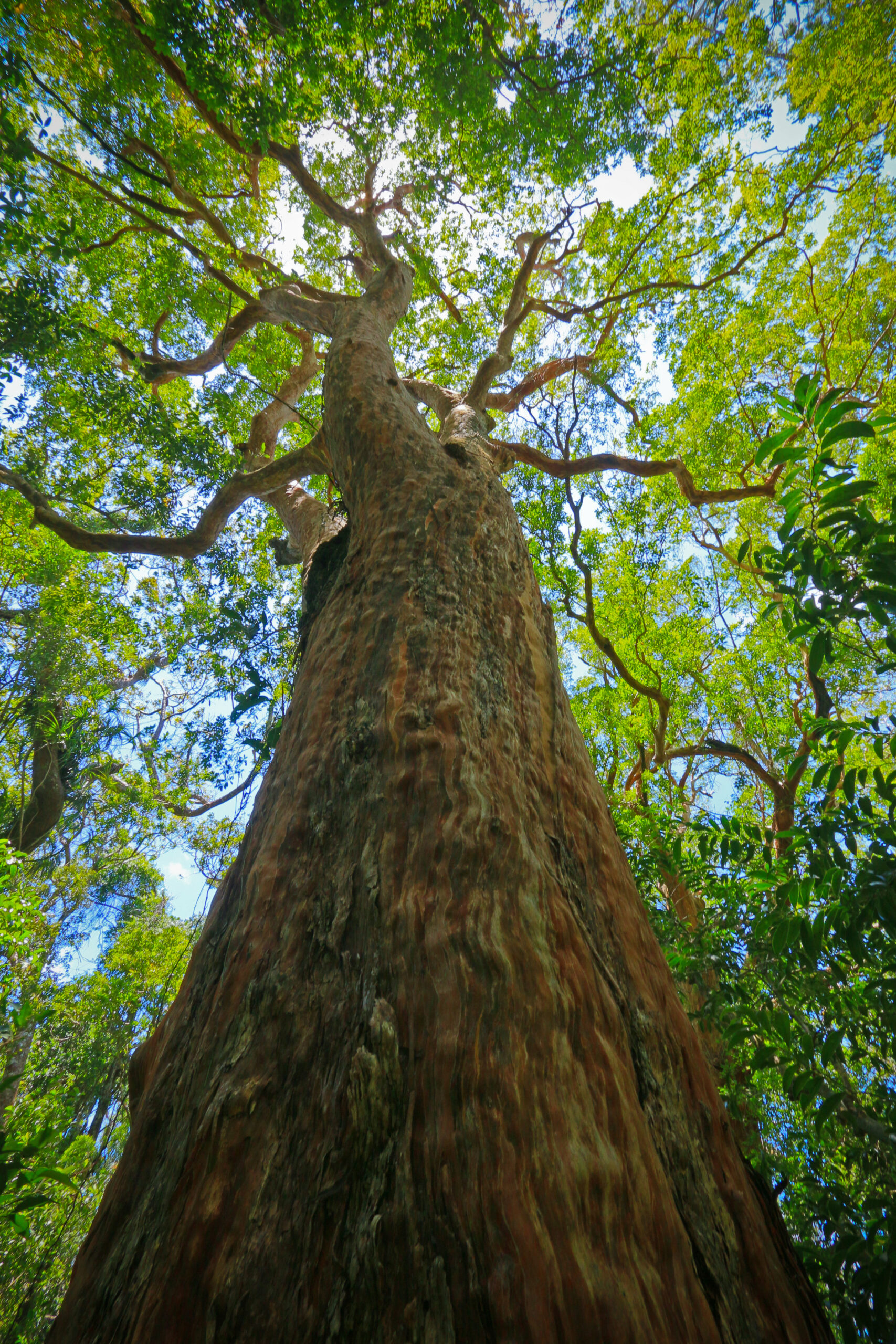| Local Name | Place |
| Appan, Bunutan | Cagayan |
| Appan, Bunutan | Negros |
| Malapaho | Dinagat Island |
| Paho | Southern Tagalog |
| Paho | Bicol |
| Paho | Panay |
| Paho | Visayas |
| Pahuhutan | Laguna |
| Pahuhutan | Quezon |
| Pahuhutan | Camarines Sur |
| Pahuhutan | Mindoro |
| Pahutan | Bulacan |
| Pahutan | Rizal |
| Pahutan | Bataan |
| Pahutan | Quezon |
| Pahutan | Mindoro |
| Pangamangaen | Ilocos |

Did you spot something we need to update?
Do let us know. Together, let's grow the database.
Reach out to us at binhi@energy.com.ph
Primary, lowland, inland forest, sometimes in coastal forest
M. altissima is usually propagated by seed, although it can be readily propagated by cleft grafting, using either seedlings of mango or M. altissima as a rootstock. Grafted M. altissima trees remain much smaller and have a more compact crown than seedling trees. Unlike the mango, flowering in M. altissima cannot be brought about by foliar spraying with potassium nitrate. Typical mango pests such as leaf hoppers, tip borers and seed borers do not seem to affect M. altissima .
Locate our planted PAHUTAN Trees
Locate our planted PAHUTAN Trees

trees planted in the country!

Spread awareness and learn about the 96 native Filipino trees species EDC has saved from extinction. Get your own copy of the coffee-table book today!